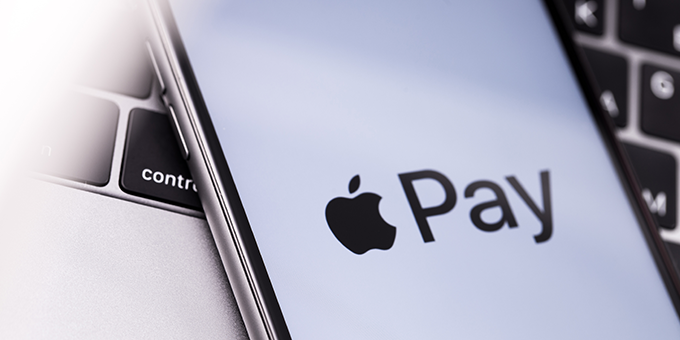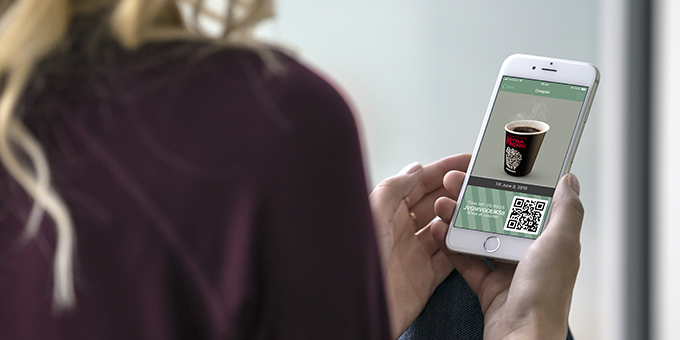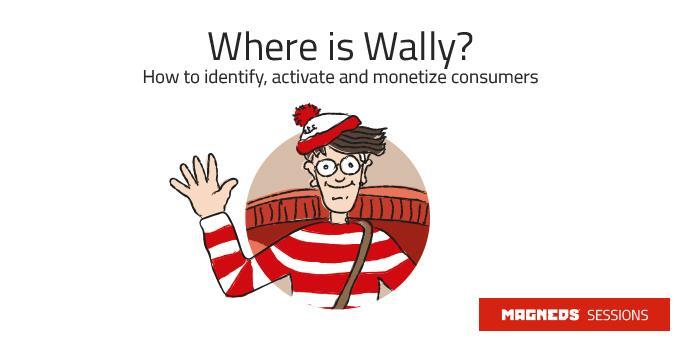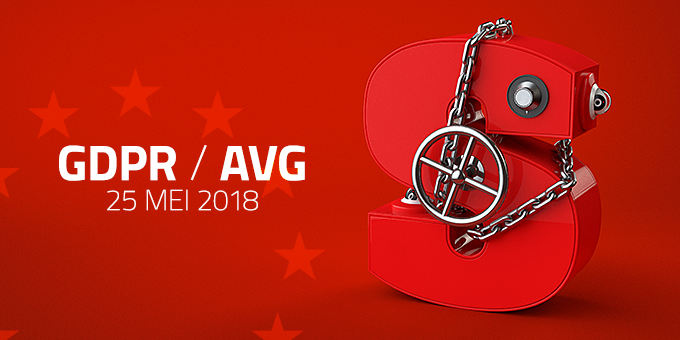An NPS of 72 and a measured brand loyalty of 87 percent. One of the top ten brands millennials are loyal to. And according to the Customer Loyalty Engagement Index, Apple is the number one brand in laptops, tablets and smartphones. Apple is best-in-class when it comes to brand loyalty. However, the sales figures are increasingly disappointing in more and more categories, and the first drop in sales since 2001 has become fact. Why is that, and what can Apple do to change things around? As a loyal Apple-customer, you don’t get rewarded with saving points, discounts or privileges. And yet people stood in line for the iPhone 6s and 6s Plus, and the amount of pre-orders for the iPhone 7 is already record-breaking. How did this enormous loyalty towards Apple come about?
The Ease of Apple
Apple-products are attractively designed and everyone who has ever worked with an Apple-product praises its intuitive functioning. A good product goes hand in hand with brand loyalty – consumers of course have minimum quality requirements for your product. Apple scores above-average, especially on design. In the positioning in the TV commercials ‘Get a Mac’, the focus is primarily on the ease of use: intuitiveness, reliability, safety and an enjoyable way of connecting different products and services. As a producer, Apple creates a strong functional connection with a pleasant customer experience, but that doesn’t explain the large crowds in front of the stores.
Emotional Connection and Self-expression
Apple is known for their ‘die hard fans’, who have a strong emotional bond with the computer brand, of which they are proud. The use of Apple-products makes a statement about the user: creative, hip, free… different. With that, Apple caters to the human needs of self-expression.
In 2011, British neuroscientists even declared that the brain of an Apple-fan does not vary greatly from that of a very religious person. The anthropologist Kirsten Bell described an Apple product launch event as: “littered with sacred symbols, especially the iconic apple sign itself”. According to Bell, Tim Cook and his cardinals addressed the audience to reawaken and renew their faith. This video shows how the opening of the first Apple Store in Sweden in 2012 is indeed resemblant of an exuberant church service. But honestly, I think it’s a fine example of loyalty marketing.
Apple Under Pressure
Anno 2016, sales in the western smartphone market decline. Where other brands compensate with sales in growth markets such as India, iPhone telephones are quite simply too expensive. Apple sold 40.4 million iPhone telephones in total in their third quarter, 7.1 million devices less than in the same quarter of the previous year. In their home market, America, Samsung has surpassed Apple in terms of percentage of sold smartphones: 36 percent against 29 percent. More Google Chromebooks have been sold than Macs, Apple TV keeps losing market share, and the Apple Watch doesn’t live up to its expectations. On top of that: the negative results of the fourth quarter.
Two reasons for the decline in sales can be found in the functional and emotional connections. On two important points – ease and emotion – Apple is losing ground to their competitors.
Why Apple is Losing
Apple’s vertical integration, which makes it easy to successfully connect all products, makes life easier, but also more expensive than other brands. For extra storage, you need to buy a more expensive device, or purchase iCloud, whilst with Android devices, you can just insert a new memory card. Apple uses their own incompatible standards, which results in a jumble of cables in every household that isn’t fully Apple-minded. Android devices improve on all functional levels, whereas the iPhone is still just very expensive. As a Mac Air, iPad and iPhone user, I’ve always had high expectations, but over the last few years, the innovations have become less significant and less impressive.
Having an iPhone used to mean you were ahead of others. Now, an iPhone has become a commodity and Apple a capitalist superpower. It is no longer that alternative and sympathetic brand which makes you, the consumer, hip and different. Nobody stays home anymore to watch the Keynotes of Job’s successor Tim Cook. The Apple fanboys have now grown up and have families. This means that pragmatic choices have to be made, and well, Apple is still an expensive brand.
The Next Bite
When I look at the symbol of Apple, I always wonder what it stands for: is it the first bite of a poisoned apple that gives us knowledge? After which we feel naked without the Apple-product? Or does it symbolise the vulnerability of premium brands who always have to stay innovative? With the iPhone, Apple presented the mobile phone no longer as a mobile phone but as a minicomputer with free calls apps. The Appstore revolutionised the music industry, and the iPad secured a permanent place in every Dutch household. Apple’s strategy has always been to conquer existing markets with better products and better looking designs.
That is why mobile payment could be Apple’s next growth market. According to a rapport by Crone Consulting, Apple is the market leader with twelve million users, which is more than Android Pay and Samsung Pay combined. In June, Apple released information in Fortune about how Apple Pay attracts a million new users every week. Starbucks, Walgreen, Target and thousands of apps and services already work with Apple Pay. The new iOS 10 brings Apple Pay to every iPhone, iPad and Mac that has Safari. With this, Apple Pay not only becomes a payment method in apps and stores, but it can also be used online. This is particularly convenient for new web shops, where entering your payment details, especially on your mobile phone, can be a real conversion killer. Ease leads the way and Apple has extensive experience when it comes to guiding the masses. The combination of mobile payment and a loyalty programme is very successful, as we’ve seen earlier with Starbucks, and it is something Apple Pay seems to be focussed on.
Apple is Loyal
Maybe the experience gained with Apple Play inspires Apple to set up a loyalty programme, but that is unlikely. As a consumer, I yearn for well-designed products and services which make my life easier and more fun. Apple is no longer the only one who can provide that: there are all kinds of other fruit. Apple chooses continuous innovation through design, which is why they have to prove themselves time and time again. Apple’s loyalty isn’t towards their customers, but towards design. That is why people love the company. So, Apple, some more innovation would be nice, or else this consumer won’t bite.
Also published on Emerce.nl






